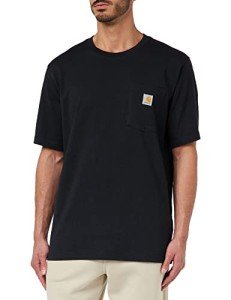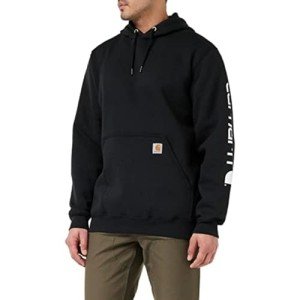From Workwear to Streetwear: The Evolution of Carhartt in American Fashion
Carhartt, a brand initially synonymous with rugged workwear, has undergone a significant transformation, emerging as a beloved staple in the American streetwear scene. Founded in 1889 by Hamilton Carhartt in Detroit, Michigan, Carhartt was originally designed to outfit the hardworking men and women of America’s burgeoning industrial workforce. However, over the decades, Carhartt has transcended its utilitarian roots to become a cultural icon in urban fashion, particularly within the realms of hip-hop and skate culture.
The Roots of Carhartt
Carhartt's journey began with the production of durable overalls, jackets, and other work garments made from heavy-duty materials like duck canvas and denim. These were crafted to withstand the harsh conditions of manual labor, which included everything from construction sites to railroad work. The brand's commitment to quality and durability quickly earned it a reputation among workers, a reputation that would later serve as a cornerstone for its entry into streetwear.
The Transition to Streetwear
The shift of Carhartt from workwear to streetwear began notably in the 1990s, a decade marked by significant cultural shifts in music, art, and fashion. Hip-hop culture, in particular, was influential in this transition. Artists like Tupac Shakur and Wu-Tang Clan were seen sporting Carhartt, not for its functional aspects but for its aesthetic appeal—its rugged look became a symbol of authenticity and street credibility.
Carhartt's association with skateboarding also played a crucial role. Skate culture, which values both durability and style, found Carhartt's designs ideal. The brand's clothing could handle the wear and tear of skateboarding while also providing a distinctive look. This connection was further solidified when Carhartt Work In Progress (WIP), a European line focusing on a more fashion-forward approach, was introduced in 1997. WIP took the traditional elements of Carhartt and infused them with contemporary streetwear design, blending functionality with fashion.
Cultural Integration and Brand Evolution
The blend of Carhartt's workwear heritage with streetwear aesthetics was not just about clothing; it was about cultural integration. The brand's items like the Detroit jacket, chore coat, and double-knee pants became canvases for personal expression. They were customized, tagged, and worn in ways that broke from their original purpose, embodying the DIY spirit of street culture.
Carhartt’s adaptation into street fashion was also driven by its ability to maintain authenticity while expanding its market. Even as it became a fashion statement, Carhartt did not abandon its commitment to quality. The brand continued to produce items in the USA, using traditional methods, which appealed to consumers looking for genuine products over mass-produced fashion.
The Impact of Social Media and Modern Streetwear
The rise of social media has further propelled Carhartt's status in streetwear. Platforms like Instagram and TikTok have become showcases where fashion enthusiasts display their unique takes on Carhartt gear, influencing trends and driving demand. The brand has adeptly used these platforms to engage with younger demographics, showcasing collaborations with artists, designers, and other streetwear labels like BEAMS and A Bathing Ape.
Moreover, Carhartt’s involvement in community events, pop-up shops, and limited edition releases keeps the brand fresh and relevant in the fast-paced streetwear market. These strategies not only maintain brand loyalty but also attract new followers who are drawn to both the legacy and the innovative edge of Carhartt.
Looking Forward
As Carhartt continues to navigate its dual identity, balancing its roots with its status as a streetwear icon, it faces the challenge of maintaining its authenticity while evolving. The brand's future seems to lie in continuing to innovate within its product lines, perhaps exploring more sustainable practices or integrating technology into its designs, all while preserving the essence of what made it popular in the streetwear scene.
In conclusion, Carhartt's journey from workwear to streetwear is a testament to the brand's adaptability and enduring quality. It has managed to weave itself into the fabric of American street culture, proving that even the toughest materials can be stylish and significant in the world of fashion.



